Big Data Agriculture
Big data in agriculture refers to the use of technology and analytics to collect, process, and provide useful information to farmers and scientists. Big data can help the agriculture industry to monitor natural trends, predict crop yields, automate farming processes, improve efficiency, and assess risks.
The term agricultural big data refers to the large amounts of data generated by various sources in the agricultural sector, such as sensors, drones, satellites, and other IoT devices. These data are then processed and analyzed using machine learning algorithms to extract insights and patterns that can be used to improve crop yields, reduce waste, and optimize resource utilization.
Agricultural big data is a complex field that requires expertise in data science, machine learning, and agriculture. It involves the collection, storage, processing, and analysis of large amounts of data from various sources, including weather data, soil data, crop data, and market data. The goal of agricultural big data is to provide farmers with actionable insights that can help them make better decisions and improve their yields.
How big data can help agriculture
 To counter the pressures of increasing food demand and climate changes, policymakers and industry leaders are seeking assistance from technology forces such as IoT, big data, analytics, and cloud computing.
IoT devices help in the first phase of this process — data collection. Sensors plugged in tractors and trucks as well as in fields, soil, and plants aid in the collection of real-time data directly from the ground.
Second, analysts integrate the large amounts of data collected with other information available in the cloud, such as weather data and pricing models to determine patterns.
Finally, these patterns and insights assist in controlling the problem. They help to pinpoint existing issues, like operational inefficiencies and problems with soil quality, and formulate predictive algorithms that can alert even before a problem occurs.
The adoption of analytics in agriculture has been increasing consistently; its market size is expected to grow from USD 585 million in 2018 to USD 1236 million by 2023, at a Compound Annual Growth Rate (CAGR) of 16.2%.
To counter the pressures of increasing food demand and climate changes, policymakers and industry leaders are seeking assistance from technology forces such as IoT, big data, analytics, and cloud computing.
IoT devices help in the first phase of this process — data collection. Sensors plugged in tractors and trucks as well as in fields, soil, and plants aid in the collection of real-time data directly from the ground.
Second, analysts integrate the large amounts of data collected with other information available in the cloud, such as weather data and pricing models to determine patterns.
Finally, these patterns and insights assist in controlling the problem. They help to pinpoint existing issues, like operational inefficiencies and problems with soil quality, and formulate predictive algorithms that can alert even before a problem occurs.
The adoption of analytics in agriculture has been increasing consistently; its market size is expected to grow from USD 585 million in 2018 to USD 1236 million by 2023, at a Compound Annual Growth Rate (CAGR) of 16.2%. 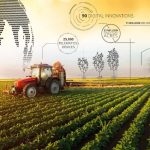





The Role of Big Data in Agriculture
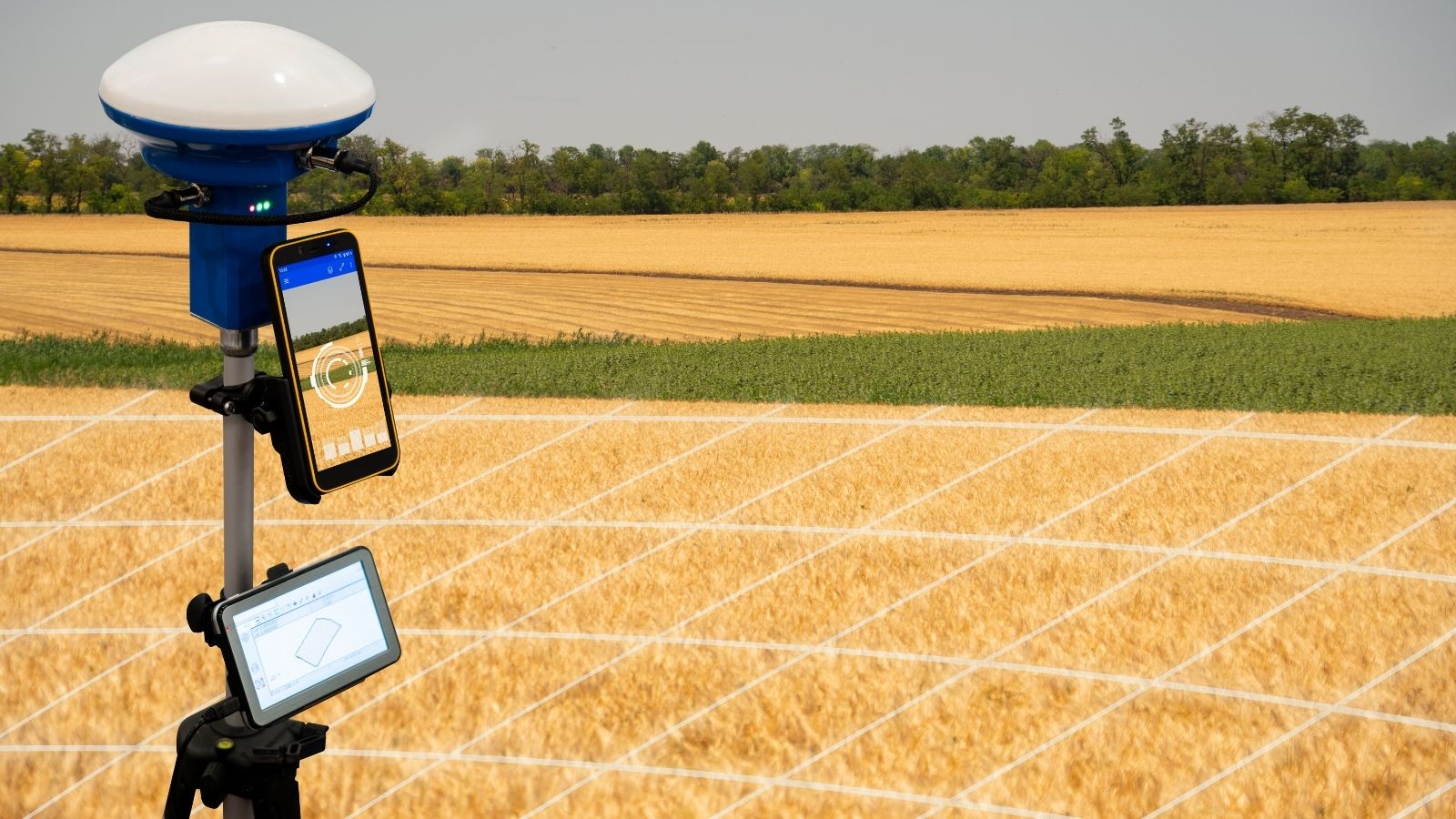 Big Data in agriculture involves the collection, analysis, and utilization of vast amounts of data to make data-driven decisions. This data comes from various sources, including sensors, satellites, drones, weather stations, and farm equipment. Here’s how Big Data is making a significant impact in agriculture:
Precision Agriculture
Big Data technologies, such as GPS and sensor networks, enable farmers to gather vast amounts of data on soil conditions, weather patterns, and crop health. This data is then analyzed to optimize planting, irrigation, and fertilization, resulting in higher yields and reduced resource waste.
Big Data in agriculture involves the collection, analysis, and utilization of vast amounts of data to make data-driven decisions. This data comes from various sources, including sensors, satellites, drones, weather stations, and farm equipment. Here’s how Big Data is making a significant impact in agriculture:
Precision Agriculture
Big Data technologies, such as GPS and sensor networks, enable farmers to gather vast amounts of data on soil conditions, weather patterns, and crop health. This data is then analyzed to optimize planting, irrigation, and fertilization, resulting in higher yields and reduced resource waste.
 Crop Monitoring and Disease Detection
Satellite imagery, drones, and remote sensors provide high-resolution images of fields. Big Data analytics can process these images to monitor crop health, detect signs of disease, and identify areas that need immediate attention. This helps farmers take timely corrective actions.
Weather Forecasting
Advanced weather data analytics use historical and real-time weather data to provide accurate forecasts. Farmers can use this information to plan planting and harvesting schedules, reducing the risk of crop loss due to adverse weather conditions.
Livestock Management
Big Data can be used to monitor the health and behavior of livestock. Wearable sensors and data analytics help farmers track the well-being of individual animals, optimizing feeding schedules and detecting health issues early.
Crop Monitoring and Disease Detection
Satellite imagery, drones, and remote sensors provide high-resolution images of fields. Big Data analytics can process these images to monitor crop health, detect signs of disease, and identify areas that need immediate attention. This helps farmers take timely corrective actions.
Weather Forecasting
Advanced weather data analytics use historical and real-time weather data to provide accurate forecasts. Farmers can use this information to plan planting and harvesting schedules, reducing the risk of crop loss due to adverse weather conditions.
Livestock Management
Big Data can be used to monitor the health and behavior of livestock. Wearable sensors and data analytics help farmers track the well-being of individual animals, optimizing feeding schedules and detecting health issues early.
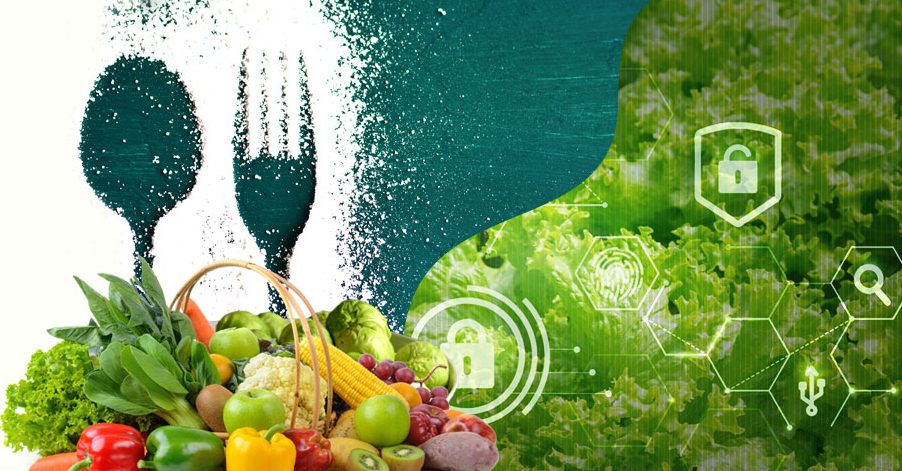 Supply Chain Optimization
Big Data technologies help streamline the supply chain in agriculture. Data on crop yields, storage conditions, transportation routes, and demand forecasts are analyzed to ensure that agricultural products reach consumers efficiently and at the right time.
Market Insights
Big Data analytics provide farmers with valuable market insights. By analyzing market trends, pricing data, and consumer preferences, farmers can make informed decisions about which crops to grow and when to sell them for the best prices.
Soil Health Management
Soil data collected through sensors and laboratory analysis can be integrated with Big Data analytics to assess soil health. This information helps farmers determine optimal crop selection and planting techniques.
Supply Chain Optimization
Big Data technologies help streamline the supply chain in agriculture. Data on crop yields, storage conditions, transportation routes, and demand forecasts are analyzed to ensure that agricultural products reach consumers efficiently and at the right time.
Market Insights
Big Data analytics provide farmers with valuable market insights. By analyzing market trends, pricing data, and consumer preferences, farmers can make informed decisions about which crops to grow and when to sell them for the best prices.
Soil Health Management
Soil data collected through sensors and laboratory analysis can be integrated with Big Data analytics to assess soil health. This information helps farmers determine optimal crop selection and planting techniques.
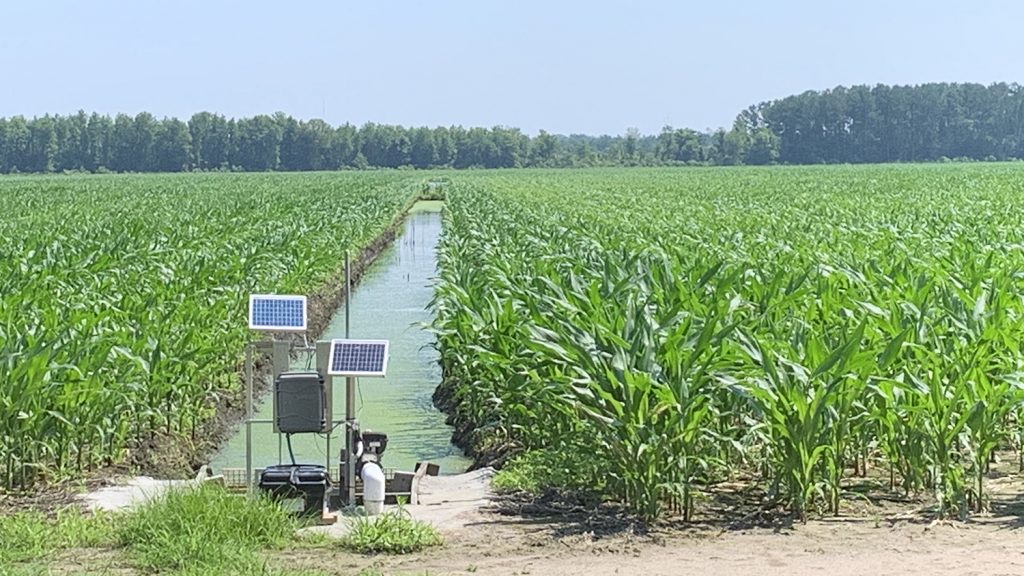 Water Management
Big Data plays a crucial role in efficient water management. It helps farmers monitor water usage, predict droughts, and optimize irrigation systems to conserve water resources.
Pest and Disease Management
Data analytics can help identify patterns in pest and disease outbreaks, allowing farmers to implement targeted pest control measures and reduce the need for pesticides.
Financial Analysis
Big Data can assist in financial analysis for agricultural businesses. It helps farmers manage budgets, assess the return on investment for various crops, and make informed decisions about investments in equipment and technology.
Water Management
Big Data plays a crucial role in efficient water management. It helps farmers monitor water usage, predict droughts, and optimize irrigation systems to conserve water resources.
Pest and Disease Management
Data analytics can help identify patterns in pest and disease outbreaks, allowing farmers to implement targeted pest control measures and reduce the need for pesticides.
Financial Analysis
Big Data can assist in financial analysis for agricultural businesses. It helps farmers manage budgets, assess the return on investment for various crops, and make informed decisions about investments in equipment and technology.
Big Data in Agriculture
globally 2023 -2030
($ Million) Big Data analytics in agriculture
0
Use cases for big data on the farm
 The scope for big data applications is large, and we’ve only just begun to explore the tip of the iceberg. The ability to track physical items, collect real-time data, and forecast scenarios can be a real game changer in farming practices. Let’s take a look at a few use cases where big data can make a difference.
Feeding a growing population
This is one of the key challenges that even governments are putting their heads together to solve. One way to achieve this is to increase the yield from existing farmlands.
The scope for big data applications is large, and we’ve only just begun to explore the tip of the iceberg. The ability to track physical items, collect real-time data, and forecast scenarios can be a real game changer in farming practices. Let’s take a look at a few use cases where big data can make a difference.
Feeding a growing population
This is one of the key challenges that even governments are putting their heads together to solve. One way to achieve this is to increase the yield from existing farmlands.
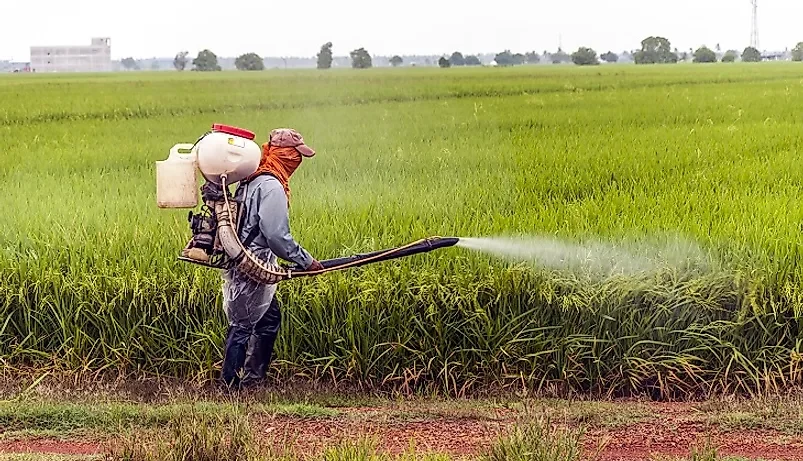 Big data provides farmers granular data on rainfall patterns, water cycles, fertilizer requirements, and more. This enables them to make smart decisions, such as what crops to plant for better profitability and when to harvest. The right decisions ultimately improve farm yields.
Using pesticides ethically
Administration of pesticides has been a contentious issue due to its side effects on the ecosystem. Big data allows farmers to manage this better by recommending what pesticides to apply, when, and by how much.
Big data provides farmers granular data on rainfall patterns, water cycles, fertilizer requirements, and more. This enables them to make smart decisions, such as what crops to plant for better profitability and when to harvest. The right decisions ultimately improve farm yields.
Using pesticides ethically
Administration of pesticides has been a contentious issue due to its side effects on the ecosystem. Big data allows farmers to manage this better by recommending what pesticides to apply, when, and by how much.
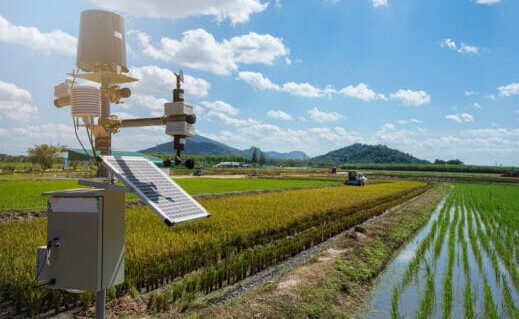 By monitoring it closely, farmers can adhere to government regulations and avoid overuse of chemicals in food production. Moreover, this leads to increased profitability because crops don’t get destroyed by weeds and insects.
Optimizing farm equipment
Companies like John Deere have integrated sensors in their farming equipment and deployed big data applications that will help better manage their fleet. For large farms, this level of monitoring can be a lifesaver as it lets users know of tractor availability, service due dates, and fuel refill alerts. In essence, this optimizes usage and ensure the long-term health of farm equipment.
By monitoring it closely, farmers can adhere to government regulations and avoid overuse of chemicals in food production. Moreover, this leads to increased profitability because crops don’t get destroyed by weeds and insects.
Optimizing farm equipment
Companies like John Deere have integrated sensors in their farming equipment and deployed big data applications that will help better manage their fleet. For large farms, this level of monitoring can be a lifesaver as it lets users know of tractor availability, service due dates, and fuel refill alerts. In essence, this optimizes usage and ensure the long-term health of farm equipment.
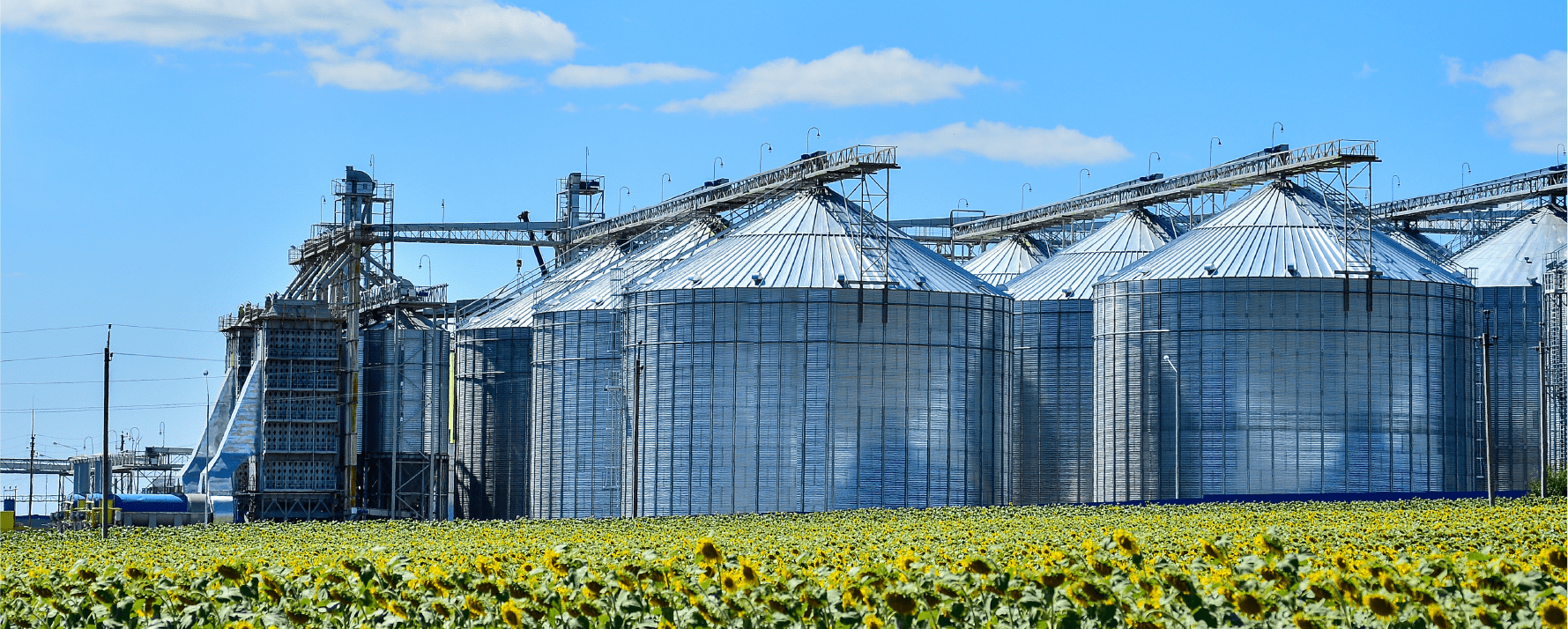 Managing supply chain issues
McKinsey reports that a third of food produced for human consumption is lost or wasted every year. A devastating fact since the industry struggles to bridge the gap between supply and demand.
To address this, food delivery cycles from producer to the market need to be reduced. Big data can help achieve supply chain efficiencies by tracking and optimizing delivery truck routes.
Managing supply chain issues
McKinsey reports that a third of food produced for human consumption is lost or wasted every year. A devastating fact since the industry struggles to bridge the gap between supply and demand.
To address this, food delivery cycles from producer to the market need to be reduced. Big data can help achieve supply chain efficiencies by tracking and optimizing delivery truck routes. 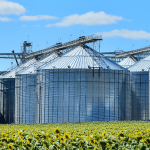
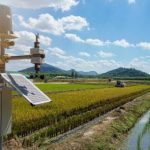
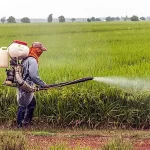
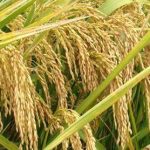
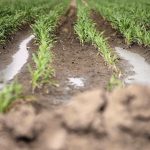
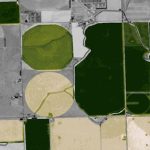

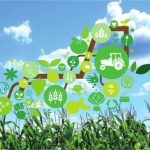
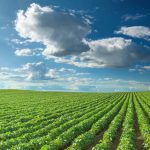
Real-World Examples
 John Deere’s Precision Agriculture
John Deere, a leading manufacturer of agricultural machinery, offers precision agriculture solutions that incorporate Big Data. Their tractors and equipment are equipped with sensors and GPS technology to collect data on soil conditions, crop health, and yield. Farmers can use this data to optimize planting, fertilization, and harvesting processes.
The Climate Corporation (Climate.com)
This company, now a subsidiary of Bayer, uses Big Data and AI to provide farmers with valuable insights. Their platform, Climate FieldView, collects data on soil, weather, and crop performance to help farmers make data-driven decisions about planting and resource allocation.
John Deere’s Precision Agriculture
John Deere, a leading manufacturer of agricultural machinery, offers precision agriculture solutions that incorporate Big Data. Their tractors and equipment are equipped with sensors and GPS technology to collect data on soil conditions, crop health, and yield. Farmers can use this data to optimize planting, fertilization, and harvesting processes.
The Climate Corporation (Climate.com)
This company, now a subsidiary of Bayer, uses Big Data and AI to provide farmers with valuable insights. Their platform, Climate FieldView, collects data on soil, weather, and crop performance to help farmers make data-driven decisions about planting and resource allocation.
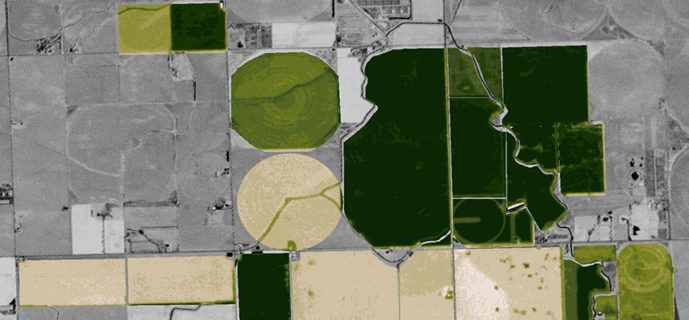 Satellite Imaging for Crop Health
Companies like Planet and Airbus provide high-resolution satellite imagery that can be used to monitor crop health. For instance, a farmer could identify areas of a field that need more water or nutrients based on these images.
The IBM Watson Decision Platform for Agriculture
IBM’s AI-powered platform analyzes data from weather forecasts, IoT sensors, and other sources to provide farmers with recommendations for crop management, disease prevention, and yield optimization.
Satellite Imaging for Crop Health
Companies like Planet and Airbus provide high-resolution satellite imagery that can be used to monitor crop health. For instance, a farmer could identify areas of a field that need more water or nutrients based on these images.
The IBM Watson Decision Platform for Agriculture
IBM’s AI-powered platform analyzes data from weather forecasts, IoT sensors, and other sources to provide farmers with recommendations for crop management, disease prevention, and yield optimization.
The cloud and the future of big data in agriculture
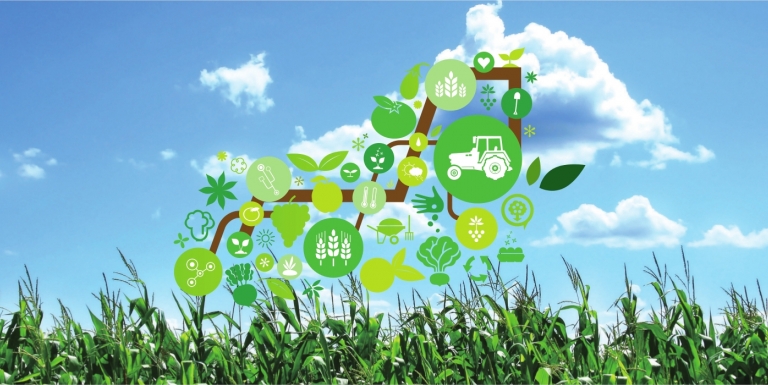 Success in farming has been largely dependent on favorable natural forces, but not anymore. The coming together of cloud computing and big data has ensured that farmers have sufficient data points to make good decisions.
Cloud computing has democratized the availability of huge computing power as data centers and storage are now available on a ‘pay-as-you-go’ model. This has made it possible to bring together knowledge repositories that contain data such as weather, irrigation practices, plant nutrient requirements, and several other farming techniques.
Success in farming has been largely dependent on favorable natural forces, but not anymore. The coming together of cloud computing and big data has ensured that farmers have sufficient data points to make good decisions.
Cloud computing has democratized the availability of huge computing power as data centers and storage are now available on a ‘pay-as-you-go’ model. This has made it possible to bring together knowledge repositories that contain data such as weather, irrigation practices, plant nutrient requirements, and several other farming techniques.
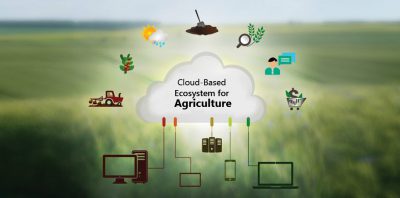 Cloud-based apps can guide farmers on how to adjust their production based on market demand and how to improve their yield and profitability. Today, a farmer can micromanage farming and all its accompanying activities — even before planting crops, it’s feasible to estimate the results by tweaking the variables involved.
Big data can truly revolutionize the agricultural sector only by having a cloud-based ecosystem with the right tools and software to integrate various data sources. These tools should be able to consolidate data on climate, agronomy, water, farm equipment, supply chain, weeds, nutrients, and so much more to aid the farmer make decisions.
Cloud-based apps can guide farmers on how to adjust their production based on market demand and how to improve their yield and profitability. Today, a farmer can micromanage farming and all its accompanying activities — even before planting crops, it’s feasible to estimate the results by tweaking the variables involved.
Big data can truly revolutionize the agricultural sector only by having a cloud-based ecosystem with the right tools and software to integrate various data sources. These tools should be able to consolidate data on climate, agronomy, water, farm equipment, supply chain, weeds, nutrients, and so much more to aid the farmer make decisions. 